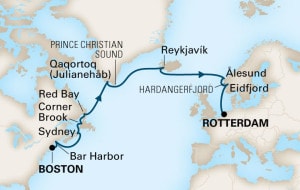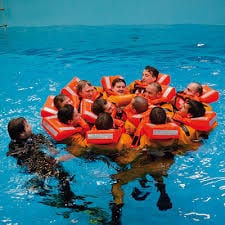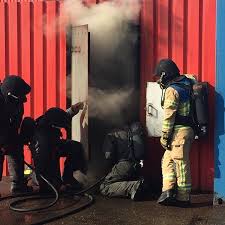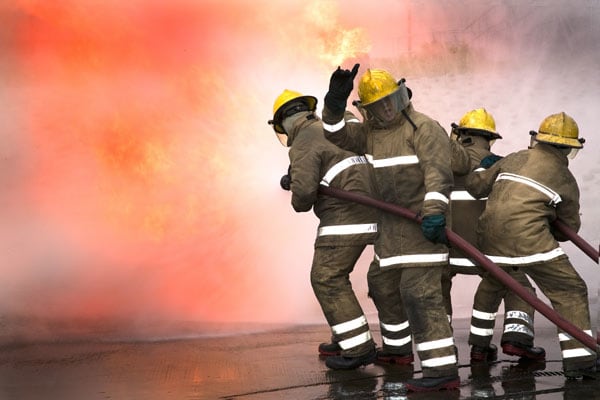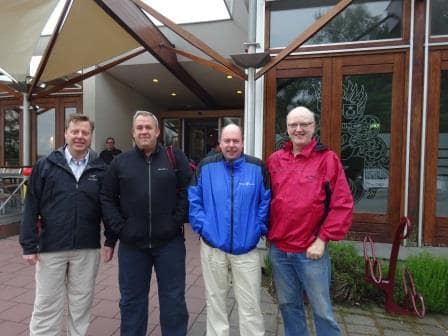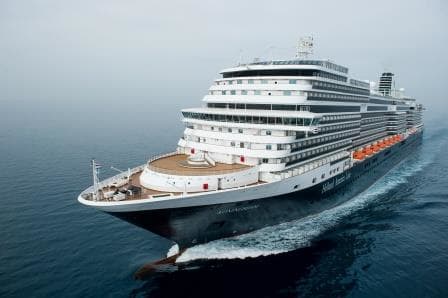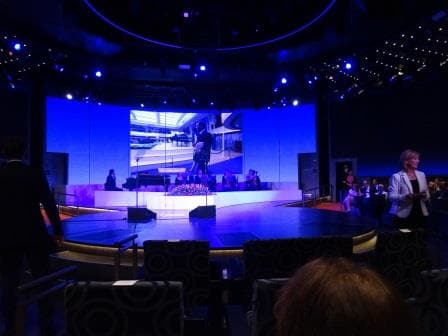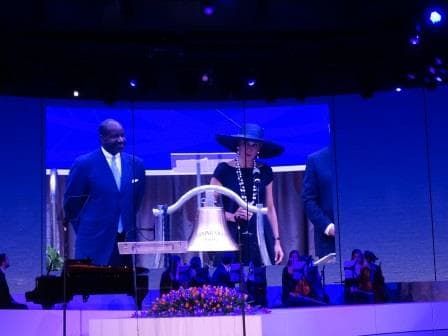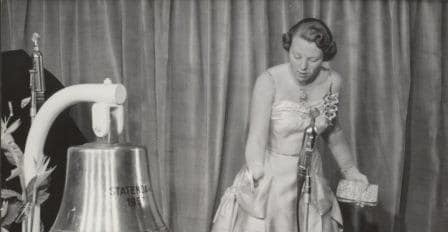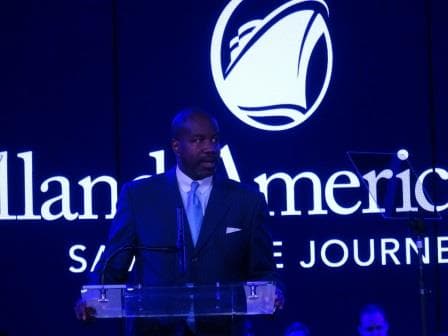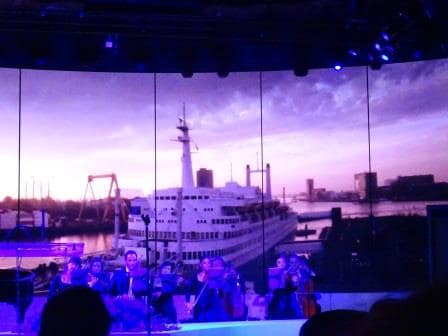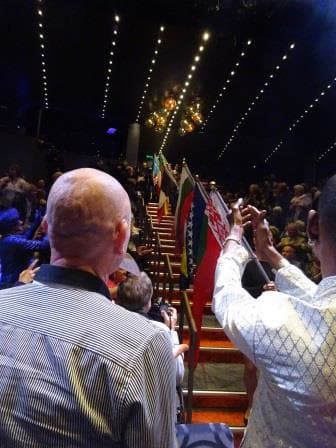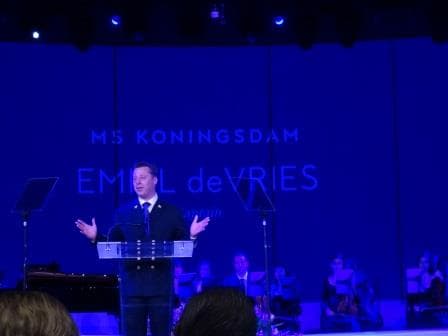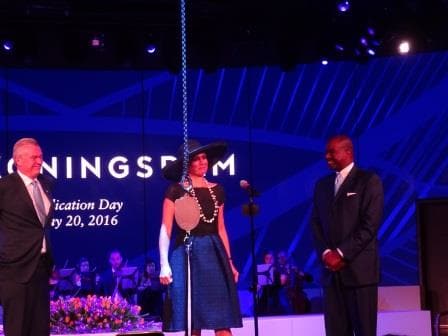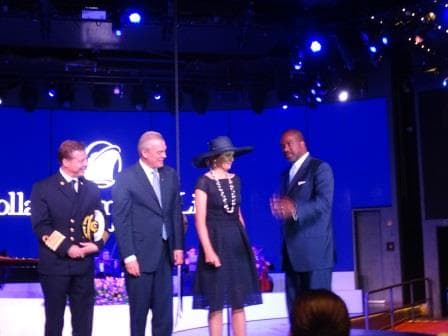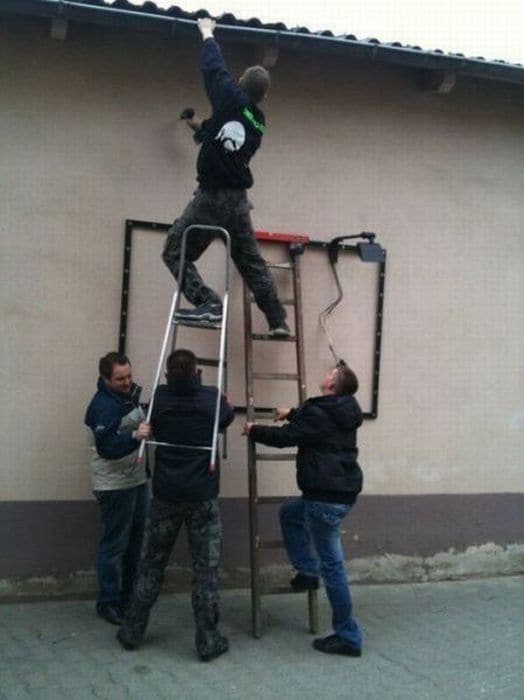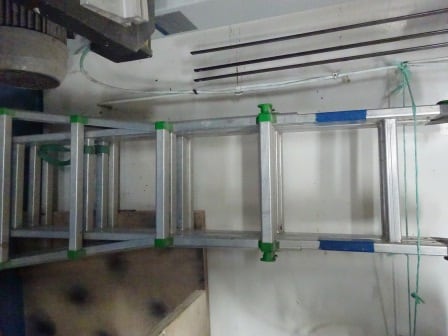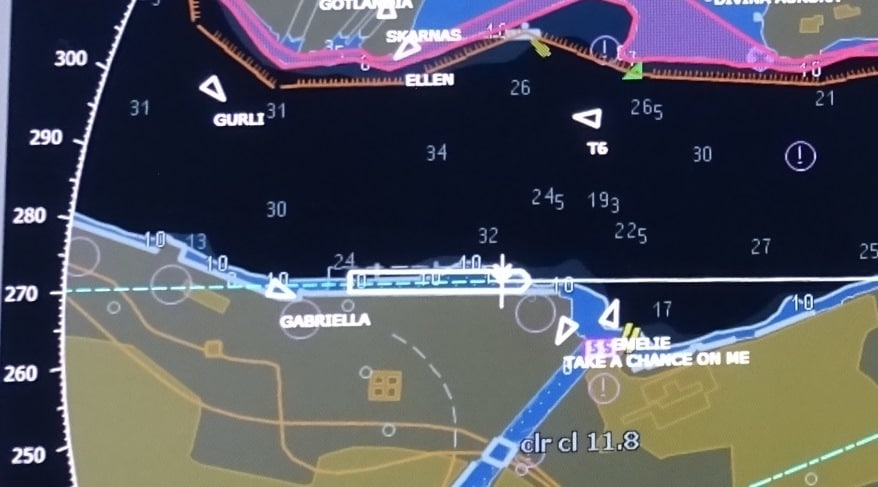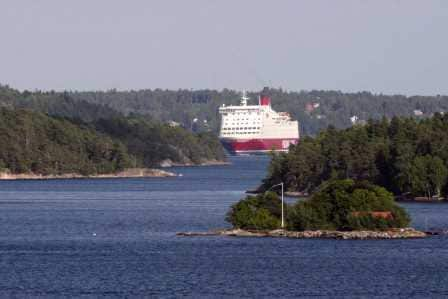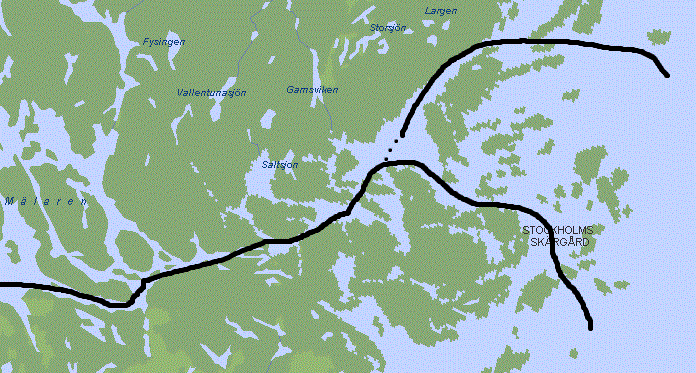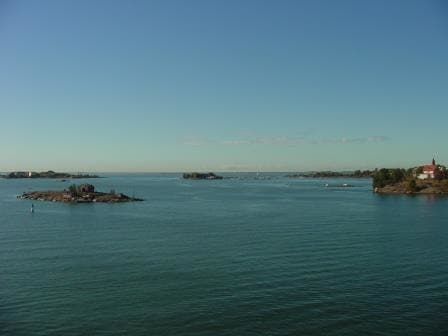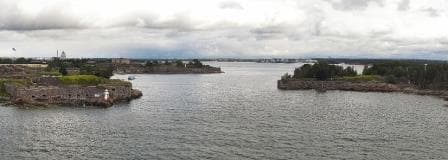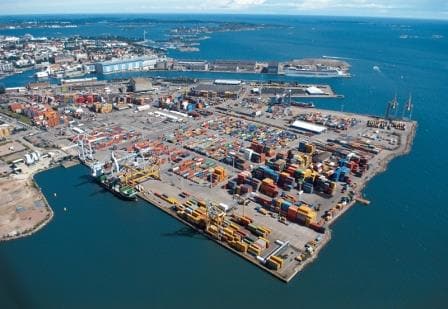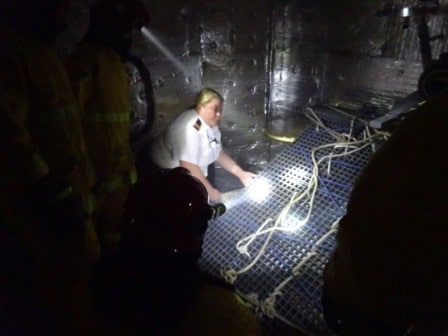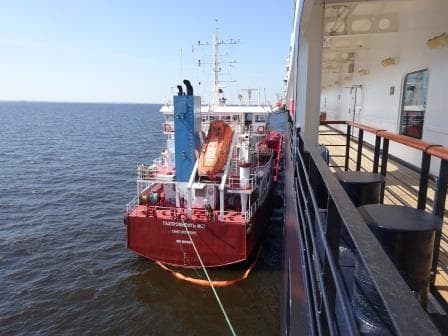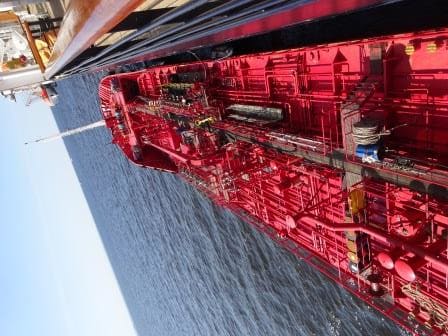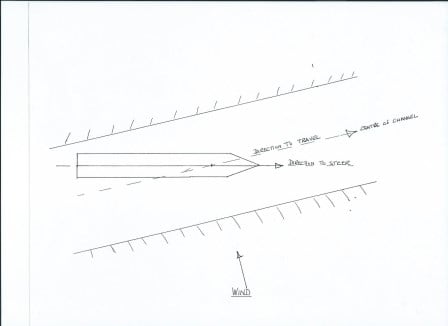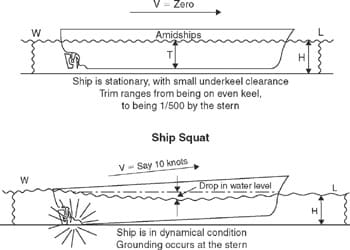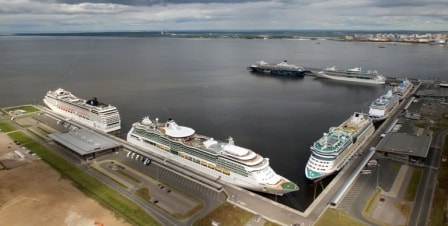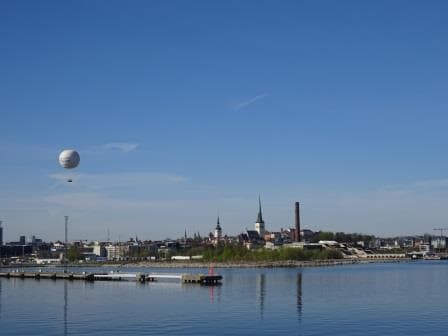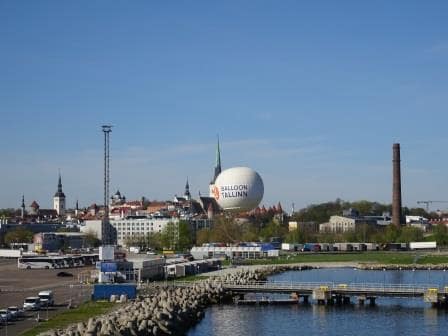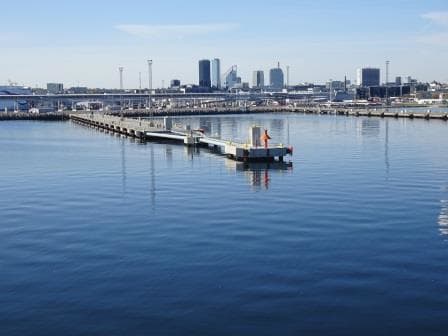Through the years Boston has become a more and more important cruise port and I think the only reason it’s is not even more important are the limits to the cruise terminal. They have only one long pier and which can handle about 3 medium size cruise ships or two very big ones. Also as a Port of Call it is a great location as the Falcon Cruise Terminal is fairly close to the city and public transport is not bad at all. So also the crew can get there without losing an arm and a leg in transport costs. Today we were blessed with a sunny and warm day, although less warm than advertised on the weather forecast. A gentle breeze from the sea kept things just pleasant.
We are on the Voyage of the Vikings, which is split in two parts, for those who do not want to do the whole loop cruise. We have ran this cruise from Boston to Rotterdam and back to Boston in the past but this time the Rotterdam is doing it from Rotterdam to Boston and back. Thus we had a large number of Guests leaving us today but approx. 100 guests, mainly Dutch and German are doing the whole round trip. Main excuse is that they cannot fly easily (think sticks, Rollators, scooters etc.) or they do not want to fly in principle. With the latter one I can agree as flying it not fun anymore. But for the majority it was a disembarkation day today.
And it was a very hectic one. Boston was the first American port of call for the ms Rotterdam and then we have a lot of regulations to deal with. First USA call means all the Guests and all the crew have to go through a face to face immigration inspection. The crew does this between 06.30 and 07.30 (all 650) and then the guests are going through between 08.00 to whenever it is finished. My good self is currently on the Guest list as I travel on an L visa and thus I had to follow the last guests going of the ship to help achieving the famous “zero count”. This is when the gangway security count is down to 0% off on board people who are not crew. That was achieved by 10.30.
In the meantime the crew tries to achieve the turnover of the ship. Cleaning all the cabins, provisions, etc. etc. But because the ms Rotterdam has not been to the USA for the last six months, the USCG came on board for a full safety inspection which takes all day. And thus there is Fire drill, Boat drill and a lot of safety checks to be carried out and shown to the Inspectors. For life on board I am counted as a crewmember and thus I was on deck with all the other crew at 11.00 to be inspected and interviewed by one of the USCG officers. This was done by 11.40 and then Cabin Stewards, Dining room Stewards and Bar Lounge and Deck had to rush back to work and try to get the last cabins ready for noon time embarkation.
While waiting for the USCG on deck, I was the prime target for the lifeboat crew of Boat 3 for a last minute refresher and the Lady Commander did a very good job with some last minute priming. Then the interesting question was brought forward: Why do they not like Tea in Boston? One of the crew had seen a documentary about the area but a few things had been lost in the translation. Thus the waiting time was killed with explaining the British Empire, Boston Tea party, the American Revolution and why the Americans almost had Dutch as their national language and not English.
The USCG inspection lasted the whole day as it simply takes that long for them to get through their whole checklist. The larger the ship, the more inspectors they will bring on board to speed up the process. But still it takes time. There are always a few rookies in the team, who then benefit from the experience of an older Chief Warrant Officer about how to carry out an inspection. For a new USCG officer can be a bit bewildering to step on board a larger cruise ship for the first time as they are mainly used to cargo ships and their own size Coast Guard cutters.

This is the Cunarder Asia from 1851. A paddle steamer for the North Atlantic service. Now it would fit in the show lounge of one of the larger cruise ships.
Boston has a great place in Ocean Liner history as this is the port where Samuel Cunard sent his new steamships to, sailing from England. He did not pick a bad place as the port is deep inland and thus fairly sheltered and it had and has good connections with the hinterland. I wonder if in those days (1842 and onwards) sailing in and out was as interesting as it is nowadays.
Tomorrow we are in Bar Harbor, which is an anchor port. It is going to be another nice day with temperatures around 76oF /24oC. So we might hear the captain honking the horn again as Bar Harbor can have a lot of restricted visibility. But at least it will ensure that the guests will have a nice day.
